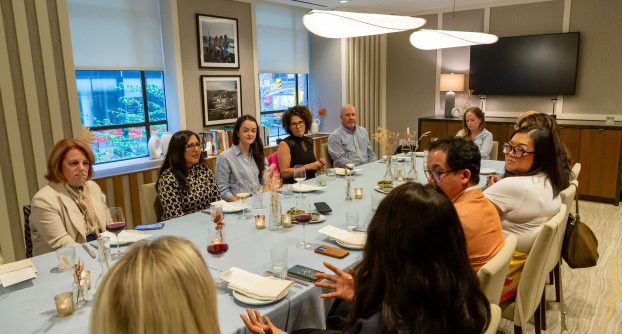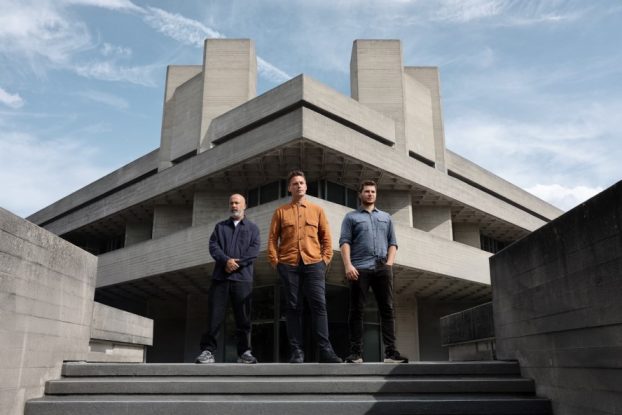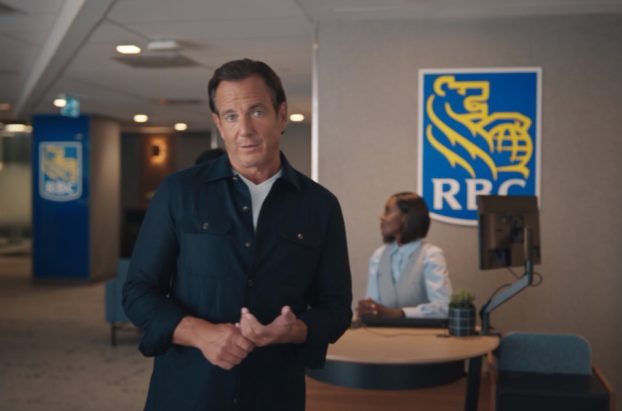By Will Novosedlik
Earlier this month, we shared some of the more interesting trends from research outfit WGSN. This week, we cracked open Wunderman Thompson’s Future 100. Here are some of our favourites. There are a lot more where this came from.
In your dreams
Now here’s something that makes subliminal advertising look as innocent as a teddy bear on a tricycle: Dream Incubation Advertising. It’s based on targeted dream incubation (TDI), which uses sensory cues to shape people’s dreams. In a clinical setting, for instance, TDI can be used to induce smoking cessation.
Anheuser Busch used it in 2021 to target Super Bowl fans, working with a dream psychologist to induce viewers to dream of pleasant mountain scenes and Molson Coors products. Burger King used it in 2018 to promote its Halloween “Nightmare Burger,” which was clinically proven to induce actual nightmares. Nonetheless, in a 2021 study 77% of U.S. marketers say they plan to use “dreamvertising” in the next three years.
In what must be the understatement of the year, Wunderman Thompson noted that “some consumers could perceive such techniques as dystopian.” In this instance, the medium is the human brain itself. Think of the money you’ll save in media costs.
Unbounded optimism, or unfettered escapism?
According to Wunderman Thompson, “after an unpredictable two years, 2022 is channeling a creative playfulness that symbolizes growth and freedom.” Given where the world is at right now, this almost seems delusional. But the worse things get, the greater the desire for escape. So when faced with existential threats, we can either act to avert them, or pretend they’re not there. (Sadly the human race tends to lean towards the latter.)
As superstar designer Bruce Mau says in his most recent book, MC24, things are so dire that we have no choice but to be optimistic. He also says things are so dire that we need to change the way we do absolutely everything. While that doesn’t sound like an exercise in creative playfulness, it does sound like the greatest creative challenge we may ever face. Brands can rise to this challenge, or profit from pretending everything is coming up roses. We’ll probably see both.
Carbon-neutral browsing
Cleanfox’s 2021 report on email pollution exclaimed “If the internet was a country, it would be the sixth biggest polluter in the world.” Yikes. Who knew that loading a web page was like starting a car?
Wunderman Thompson cites Amsterdam-based design studio Formafantasma as an example of going carbon-neutral on the internet. The firm redesigned its website for energy efficiency by reducing image sizes, using basic typefaces, and making its logo out of standard Unicode symbols. The less energy needed to load the site, the less carbon it emits.
It also cites Volkswagen Canada for creating a carbon-efficient demonstration site for its electric vehicle line-up that removes all color and replaces photographs with mosaics created from low-data text characters. An average page view on most sites produces 1.76 grams of CO2, while Volkswagen’s Carbon Neutral Net web pages clock in at a lean 0.022g.
Advertising under attack
During Glasgow’s COP26 meetings, one of the more visible forms of activism were the posters and billboards plastered all over town by the anonymous anti-advertising activist group Brandalism. The ad spoofs targeted the big brands responsible for contributing to climate change.
There are other such groups, including Badvertising and Adfree Cities, who routinely attack agencies for their “brain pollution,” “high carbon” advertising and promotion of unsustainable lifestyles through conspicuous consumption. But it’s not a new idea. Adbusters magazine has been doing it for 30 years. They call their version “Subvertising.” Don’t be surprised if you see branded knock-offs of some of these activist ads in next year’s round of advertising awards shows.
Two birds, one store
Here’s another metaverse for you to wrap your head around. According to Jensen Huang, CEO of Nvidia “In the future, every single factory and every single building will have a digital twin that will simulate and track the physical version of it.” Nvidia and BMW are busy creating a digital twin of the carmaker’s factory in Regensburg, Germany, allowing the teams to virtually plan and play out new workflow logistics before implementing these changes at BMW’s physical facility.
Retailers are in on this trend as well. Burberry launched a digital replica of its flagship store in Ginza, Tokyo. Coach collaborated with virtual store developer Obsess to clone its New York Fifth Avenue flagship store. As Giovanni Zaccariello, SVP of global visual experience at Coach tells it, “The digital showroom enables wholesale buyers to experience our new collections each season without having to fly in to see products in person, reducing the carbon footprint of our business and speeding the buying process.”
























